Pipe Insulation 1.8m * 9mm (made in Saudi Arabia)
﷼1.80 – ﷼210.00
VAT is included in price
If you have not found the product you need. Feel free to contact us
1 review for Pipe Insulation 1.8m * 9mm (made in Saudi Arabia)
Description
The high-density rubber plastic cotton casing with pipe insulation function can help you solve pipe problems. Usually the insulation layer of air conditioning pipes and solar pipes.
Product Parameter
- MATERIAL: High-density rubber tube
- Inner diameter: 0.23/6mm, 0.39/10mm, 0.51/13mm, 0.62/16mm, 0.74/19mm, 0.86/22mm, 0.98/25mm, 1.1/28mm, 1.25/32mm, 1.65/42mm, 2.36/60mm
- THICKNESS: 9mm/0.35
- LENGTH: 1.8m/5.9ft
Product characteristics: Heat insulation, cold resistance, frost resistance, flame retardant, waterproof and moisture-proof, strong flexibility, vibration resistance, corrosion resistance, ageing resistance.
Applicable Places: Widely used in construction, textile, and medical. Chemical, metallurgy, shipbuilding, household air conditioning and other industries
NOTE;
- The inner diameter of the insulating sleeve is the outer diameter of the pipe. Please measure the pipe diameter first and then select the corresponding size specifications.
- If a slight smell is normal, it will disappear within two or three days. That smell is due to gel in the sleeve.
What is insulation pipe?
As water and air travel along plumbing lines without insulation, hot water tends to lose heat and cold water tends to gain heat. Then in this situation, insulation pipes are used to control temperature. The benefits of insulation pipes are lower energy bills and controlled temperature.
Application
There are a lot of applications of insulation pipe such as condensation control, pipe freezing etc
Condensation Control
Condensation is a process in which water vapour in the air are changed into liquid. In this situation, water are collected around pipes in condensed form. So insulation pipes are used to control condensation.
Pipe Freezing
There are lot of pipes are located either outside or in unheated areas where the temperature below the freezing point which cause frozen water around pipes. That cause failure of the pipe system so in that condition insulation pipes are used to prevent water from freezing.
Protection Against Extreme Temperature
Where pipework is operating at extremely high or low temperatures in part when a person touches these pipe there are many chances to be injured. So insulation pipe are used control this problem caused by extreme temperatures.
Control Of Noise
Pipework can operate as a duct for noise to travel from one part of a building to another. In these pipes water or air travel which causes noise. So insulation pipes are used to prevent noise pollution in the building.
Energy Saving
Insulation pipe also work as an energy saving because if the pipe loses their temperature from the desirable temperature then the machine are working again to gain their ambient temperature.
Item Properties
Fireproof And Flame Retardant
Its material is not easy to burn, it will suffocate when it leaves the fire source, and will not melt if it burns in case of fire. It will not produce smoke. It will not spread flame, ensuring safe use.
Good Flexibility
Soft and easy to bend, with good flexibility and toughness. That are easily handled n curved and and irregular pipelines during the construction process. That are helps us to save labor and materials.
Waterproof And Moisture Proof
Their pores are closed in foam structure, each air chamber is airtight and does not absorb water. That’s why the pipeline insulation layer has better water proof and moistureproof function.
Safety And Environmental Protection
Using environmentally friendly raw materials, non-irritating to skin, high-density rubber and plastic insulation, cotton cloth cover, acid, and alkali resistance, is nontoxic and harmless, and can be used for a long time.
Sound And Antifreeze
During operation pipes can create vibration even banging noises. Pipe insulation can help absorb these excessive operational sounds. Due to high-density foam, thick material and low thermal conductivity pipes are not frozen even in high cold weather.
Material
There are lot of materials by which insulation pipe are manufactured and every material having its own properties such as polythene, rigid foam and aerogel.
Polyethylene
Polyethylene is flexible plastic foamed insulation that is widely used to prevent the freezing of domestic water supply pipes and to reduce heat loss from domestic heating pipes.
Rigid Foam
Pipe insulation made from rigid phenolic, PIR or PUR foam insulation is common in some countries. Rigid foam gives us energy-saving insulation.
Glass Wool
Glass wool is a high-temperature fibrous insulation material. Glass wool insulation can be used for thermal and acoustic applications.
Flexible Elastomeric Foams
These are flexible, closed-cell, rubber foams, based on NBR or EPDM rubber. They are widely on refrigeration and air conditioning pipework.
How To Use Insulation Pipe
Insulating water supply pipes in uncovered areas of our home is a good idea for several reasons. In winter cold winter climate water supply pipes that are exposed to exterior walls or unheated spaces may burst, freeze and flood our home and office.
Moreover, the northern family has gone south for winter vacation only to return to a month-long cleanup and restoration job when a single water pipe bursts. So in winter, these insulating pipes saves us from this type of trouble.
Insulating pipes are save us from energy loss in summer seasons if we wrap these pipes we save our energy and pipes are not lose their temperature.
Where To Insulate Water Pipes
Which water pipes we insulate depends on why we are doing it. If the goal is to prevent frozen pipes, then critical pipes to protect are those through unheated space. These pipes are located are in the exterior walls, of unheated garages.
That are not necessary to insulate pipe if they are in interior walls or in the basement because they are not causing trouble for us.
What We Need
Equipment / Tools
- Utility knife
Materials
- Insulating pipe wrap
- Duct tape
- Foam pipe covers
- Frostproof faucets
How To Use Pipe Wrap Insulation
A common way to protect pipes is to wrap insulation. This type of insulation is available in many different materials, including flexible foam with rubber baking tape, foam and pipe insulation, bubble film pipe wrap foil-backed, natural cotton and rubber pipe insulation tape. Pipe wrap insulation is easy to install on small lengths pf pipe or sections where they are bends.
01 Wrap The Pipe
Wrap the insulation around the pipe in spiral loops overlapping each loop by at least ½ inch. Completely cover the pipe, taking care not to leave any areas uncovered.
02 Finish Wrapping
Tape the end of the insulating strip in place. If necessary continue with another length of pipe wrap insulation until full length of the pie is covered.
How To Use Foam Pipe Sleeves
Consider foam pipe sleeves when longer runs of straight pipe need to be covered. Most foam sleeves are available in 6-foot lengths so you can cover a lot of ground quickly. The sleeves are made of rubber and foam in different styles. Different diameters are available for different pipe sizes; 1/2. ¾. And 1 inch. Installing foam sleeve pipe insulation is one of the simplest of all insulation options.
01 Position The Sleeve
Position of sleeves lengthwise along the pipe and pry open the slit in the sleeve over the pipe the slits will close up around the pipe.
02 Seal The Seam
Seal the stitches by using the self-adhesive strip integrated into the sleeve or duct tape applied along the length of the slit. If the pipe is at the turning corner you use pipe wrap to cover the fitting at corners taping them to the foam sleeves.
03 Finish Installation
At the end cut the foam tube to length by using a knife. When the installation is complete also tape stitches of where the two sleeves meet.
Gratefulness
Thank you for choosing us! We are dedicated to giving you the best products possible. If you have any questions, feel free to get in touch.
Related products
-
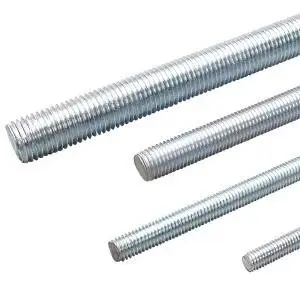
Thread Rod G.I 8mm & 10mm , L=3m
5.00 out of 5﷼5.75 – ﷼667.00 -

Canvas 6 and 9 Oz, Canvas 2×3×2, PVC coating 25M
0 out of 5﷼26.45 – ﷼1,610.00 -
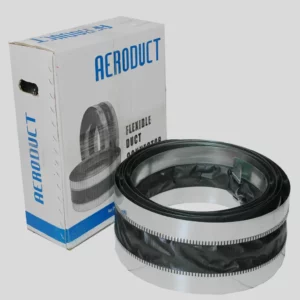
Flexible Duct Connector – Canvas 2x3x2
5.00 out of 5﷼150.00 -

Abro Tape FSK and Plain
5.00 out of 5﷼31.05 – ﷼490.00 -

Washer G.I 10mm & 8mm, Outer Diameter 24mm
5.00 out of 5﷼10.35 – ﷼230.00 -
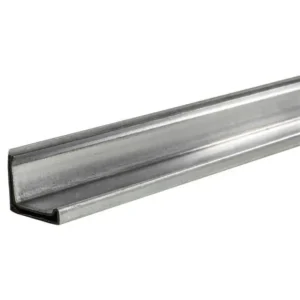
Ductmate Angle (3.5×3.5×0.7mm)
4.50 out of 5﷼34.50 – ﷼1,610.00 -
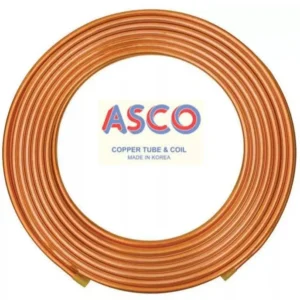
Copper Coil ASCO Korea (15m) Orange Copper Coil
5.00 out of 5﷼83.00 – ﷼343.00 -
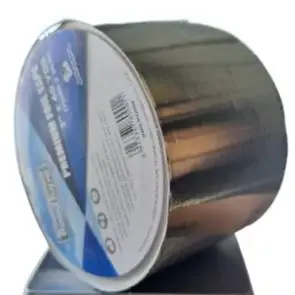
Aluminum Tape Plain, China Made
5.00 out of 5﷼14.99 – ﷼240.00 -

Board Insulation 48mm*48kg/m3
5.00 out of 5﷼28.00 – ﷼1,325.00 -
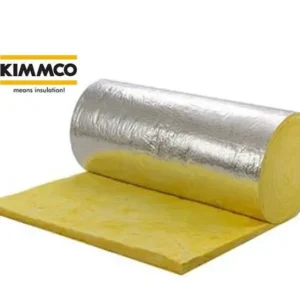
Insulation, Fiberglass Insulation Specs: 24mmx25kg/m3 Size: 1.2mx20m
5.00 out of 5﷼147.00 – ﷼12,612.00

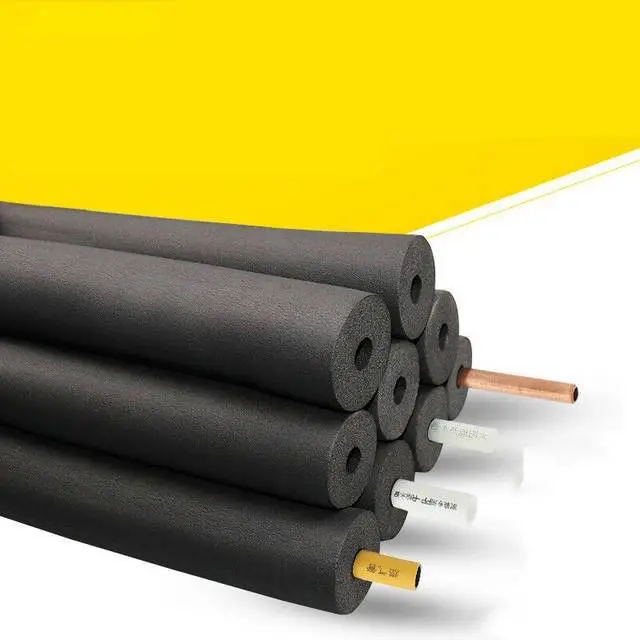


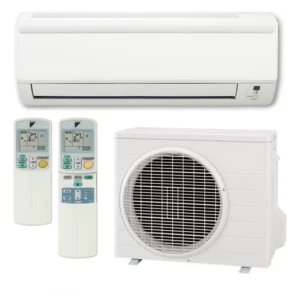

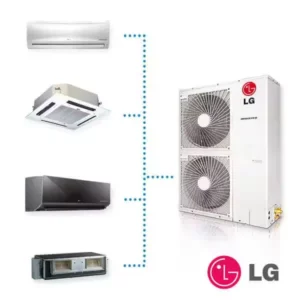
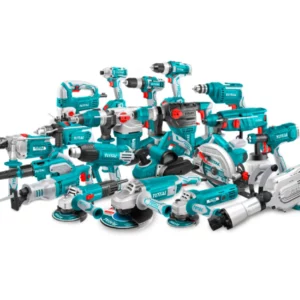
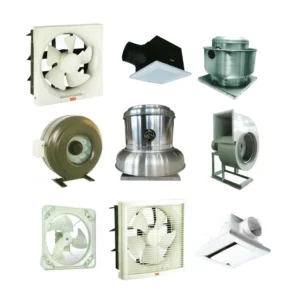
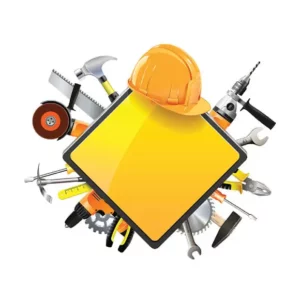
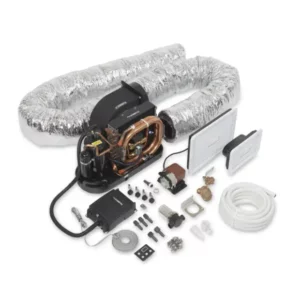
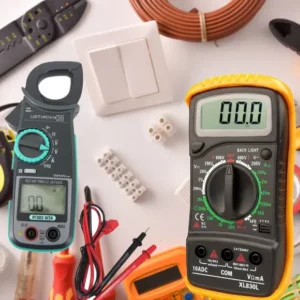

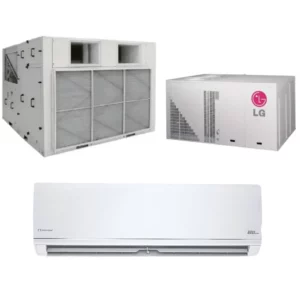

owais –
When it comes to optimizing energy efficiency in residential or commercial spaces, proper insulation is paramount.